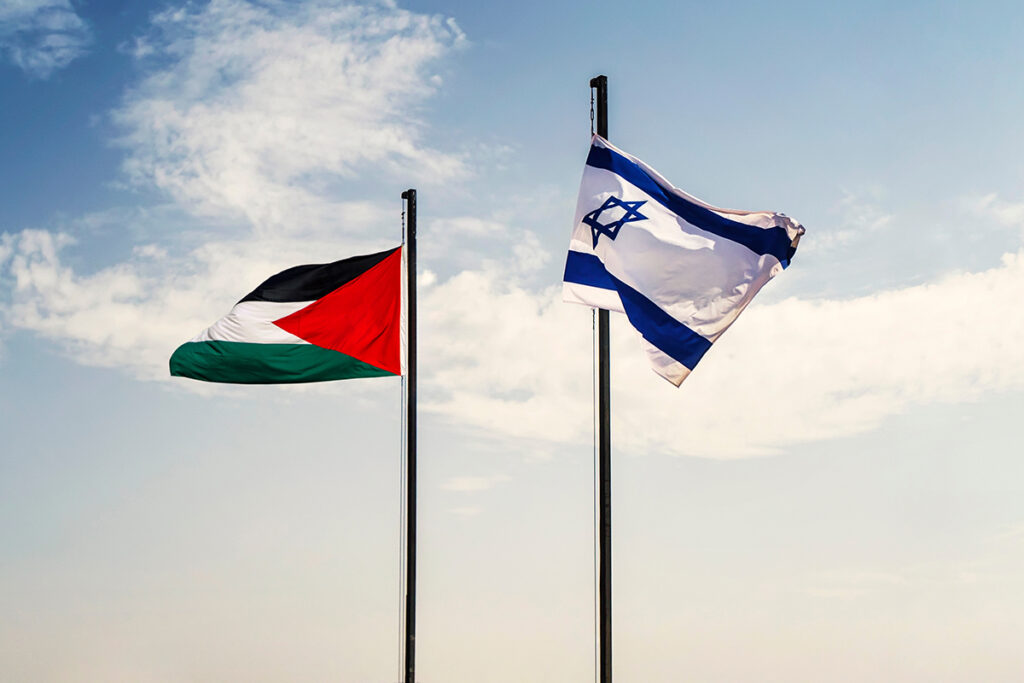A breakthrough ceasefire agreement has been reached between Israel and Hamas, marking a potential turning point in the 15-month conflict in Gaza. Following intensive negotiations mediated by Qatar, the deal is set to be formally announced in Doha. The agreement, aimed at halting hostilities and initiating a phased resolution, offers hope for stability in a region marred by violence and humanitarian crises.
Terms of the Ceasefire
The ceasefire agreement outlines a three-phase plan designed to de-escalate tensions and address pressing humanitarian concerns. The initial phase will implement a six-week ceasefire, during which 33 Israeli hostages, including women, children, and older adults, will be released by Hamas. In exchange, Israel is expected to release Palestinian prisoners detained since October 2023.
The second phase, to be negotiated within 16 days of the ceasefire’s start, will focus on releasing remaining hostages and establishing a permanent ceasefire. This phase also includes the complete withdrawal of Israeli forces from Gaza. The third and final phase is designed to facilitate the reconstruction of Gaza, under the supervision of Egypt, Qatar, and the United Nations. This stage will address the return of all remaining deceased individuals, ensuring closure for affected families.
Regional and International Reactions
Israeli Prime Minister Binyamin Netanyahu has cautiously acknowledged the deal, emphasizing unresolved issues that require further negotiation. He asserted that Hamas had conceded on critical points, particularly regarding the contentious Philadelphi Corridor, a key smuggling route along the Gaza-Egypt border. Despite progress, gaps in the agreement remain, and Israel’s government is expected to vote on the deal soon.
Internationally, Turkey has welcomed the agreement as an important move toward regional stability, reaffirming its dedication to promoting a two-state solution for the Israeli-Palestinian conflict. In the United States, the deal has gained significant attention, with the incoming administration attributing the breakthrough to its efforts. The transition in U.S. leadership is thought to have been a key factor in pushing the negotiations forward.
Humanitarian Impact
The ceasefire has been met with cautious optimism from families of hostages, who view the agreement as a crucial step toward reunification. However, concerns remain about the timeline and the need for comprehensive implementation. Families continue to advocate for the return of all captives, both living and deceased, emphasizing the urgent need for resolution after more than 460 days of anguish.
The agreement’s timing has sparked criticism from some, who argue that delays have led to unnecessary loss of life. Many believe that the deal could have been reached earlier, saving lives and preventing further devastation in Gaza.
On-the-Ground Response
In Gaza and Tel Aviv, people have taken to the streets in anticipation of the formal announcement. In Tel Aviv, supporters carried placards urging leaders to finalize the agreement, while in Gaza, crowds gathered in subdued celebrations, awaiting official confirmation. The scenes underscore the shared desire for peace, despite the deep divisions that remain.
Next Steps
The agreement’s success hinges on effective implementation and mutual compromise. The phased approach aims to build trust between the parties, starting with the immediate release of hostages and cessation of violence. However, significant challenges remain, particularly in addressing long-standing issues such as territorial disputes and the blockade of Gaza.
The deal also underscores the critical role of international mediators, including Qatar, Egypt, and the United Nations, in facilitating dialogue and ensuring compliance. Reconstruction efforts in Gaza are expected to be a major focus in the coming months, providing an opportunity for global cooperation to address the humanitarian crisis.
The ceasefire agreement represents a moment of hope in a conflict that has exacted a heavy toll on both sides. While challenges remain, the structured plan offers a roadmap toward stability and reconciliation. As the region braces for the next stages, the world watches closely, hopeful that this agreement marks the beginning of a lasting peace.



